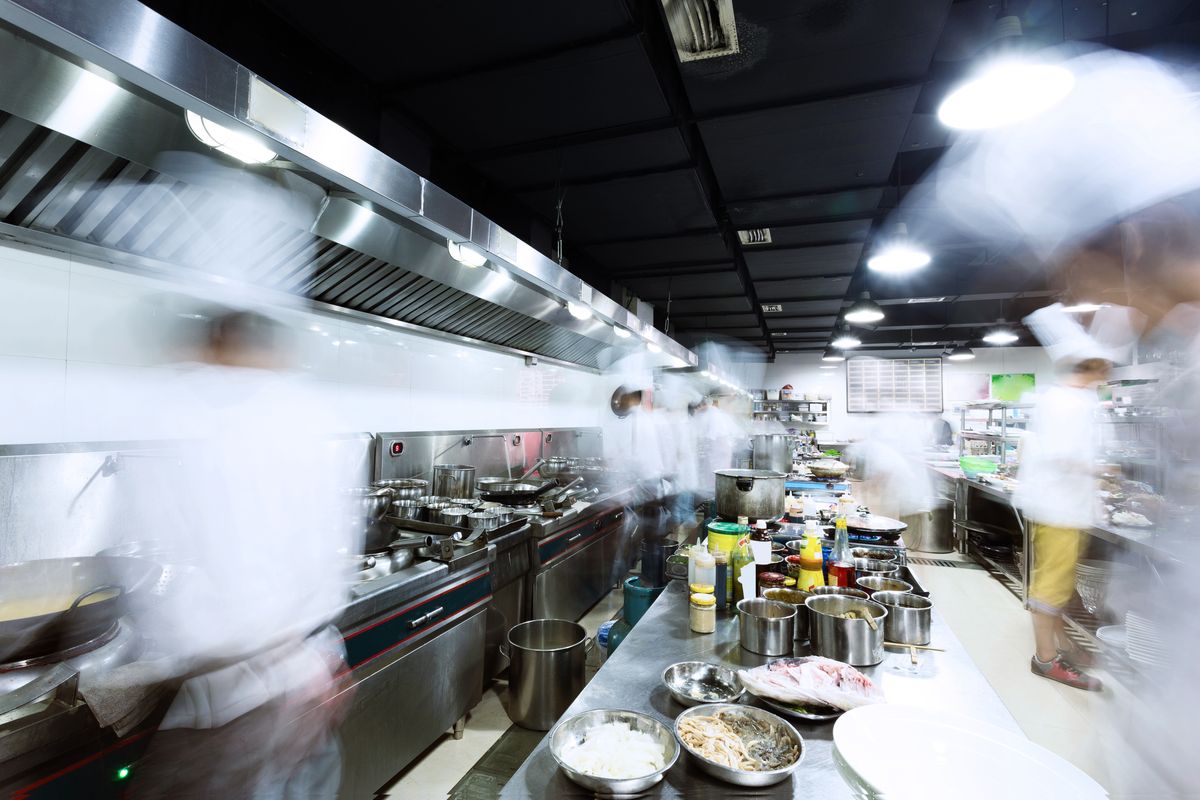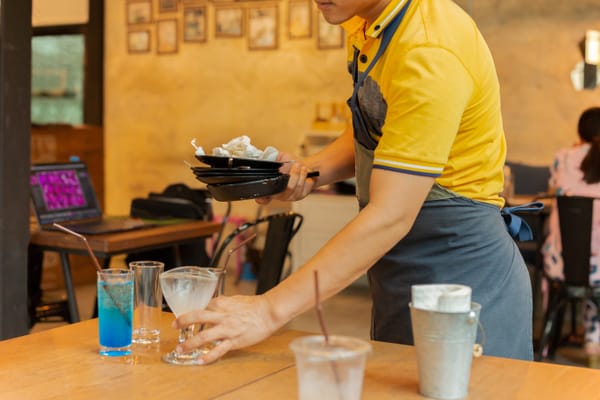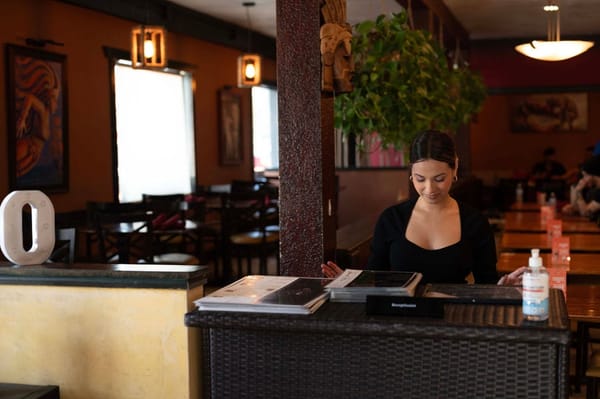When a customer orders a meal, they aren't seeing all the hard work going on behind the scenes at a restaurant. Most guests don't even realize all the communication going on between kitchen chefs, restaurant staff, and their kitchen tech—or how important it is to the restaurant for that line of communication to go off without a hitch.
If you're doing it right, a positive guest experience means customers will never need to worry about how a kitchen prepares and brings them their food. But that doesn't mean restaurant managers and owners can excuse themselves from not investing in the right technology to continue improving kitchen efficiency. After all, technology has done so much to streamline other aspects of the hospitality business. Why not leverage tech to streamline your kitchen operations for shorter cook times as well?
It's really easy for a restaurant manager to think they already have everything to succeed in their restaurant kitchen. Some managers are even reluctant to explore other tech options for their kitchen simply because they're afraid of anything new. While that anxiety is justified, it doesn't mean a little technology here and there will make operations go awry. Kitchen display systems (KDS) have become an effective tech solution for managers who are tired of tech failures in their restaurants. By simply setting up your KDS to be fully integrated with your restaurant POS system, kitchen display systems add a surprising amount of value to a restaurant that'll make it hard to ever go back.
What is a kitchen display system (KDS)? How does a kitchen display system work?
A kitchen display system (KDS) in a restaurant is a digital solution that replaces traditional paper tickets by displaying incoming orders and their details on screens in the kitchen. A KDS streamlines communication between the front-of-house and kitchen staff, improving order accuracy, efficiency, and overall guest satisfaction. Most kitchen display systems integrate with the restaurant's POS and have a touchscreen monitor or a "bump bar" to manually advance orders.
At its core, a kitchen display system might look like a simple touchscreen monitor that lists different food orders placed by customers. While that's true on a surface level, many kitchen display systems are able to accomplish much more than meets the eye. Check out the main features to a kitchen display system to see what restaurants often get wrong.
1. Orders appear on a digital monitor display system instead of paper tickets
The main feature of a KDS is the monitor itself, which showcases all the incoming orders for the kitchen team. While some restaurants might miss the feel of paper tickets, a digital monitor display is integral to speeding up services by eliminating paper tickets that tend to cause more of an order backup than needed. When using a KDS system, the monitor instantly shows the newest digital orders to the kitchen staff without any pause or hesitation over who wrote what and if there are any modifications. When a staff member places an order, the digital order ticket appears first on the screen with all the important information visible at the front so kitchen staff start cooking meals for guests right away.
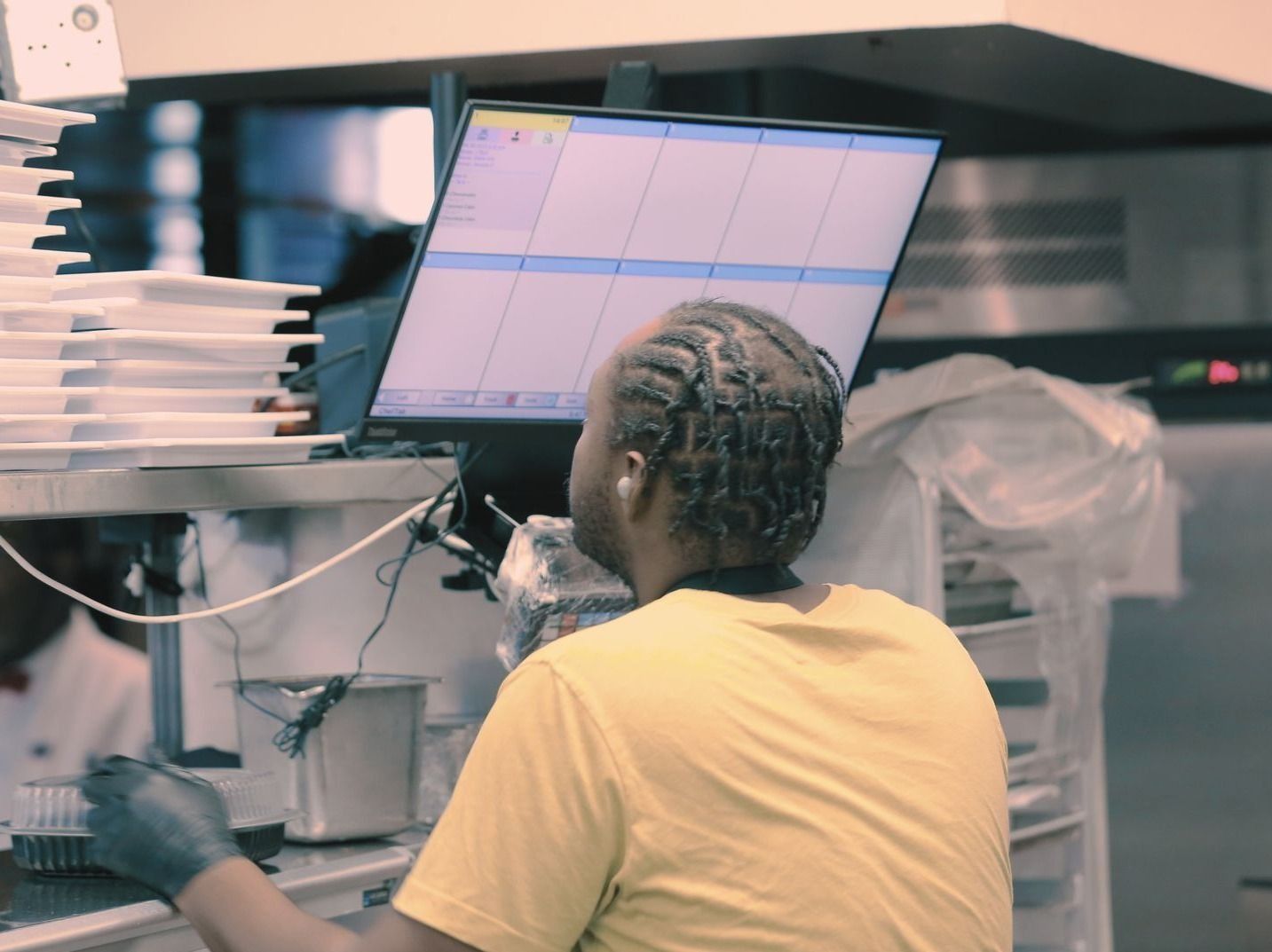
While most people assume the kitchen display system monitor is simply a screen that showcases a digital ticket order, the touch screen capability is also a vital component to a kitchen display system. Since restaurant staff, especially cooks in the kitchen, are using their hands to make the meals themselves, a touch screen becomes a simple way to manage the orders coming into a station without making an entire mess. And when cooks are able to simply touch a screen to organize orders on a whim, they won't be fussing over remotes or other physical obstacles that would otherwise make them lose focus as they craft a delicious meal. At the end of the day, broken kitchen printers shouldn't lead to food waste or unhappy guests.
2. Tickets are routed automatically for shorter cook times and wait times and less food waste
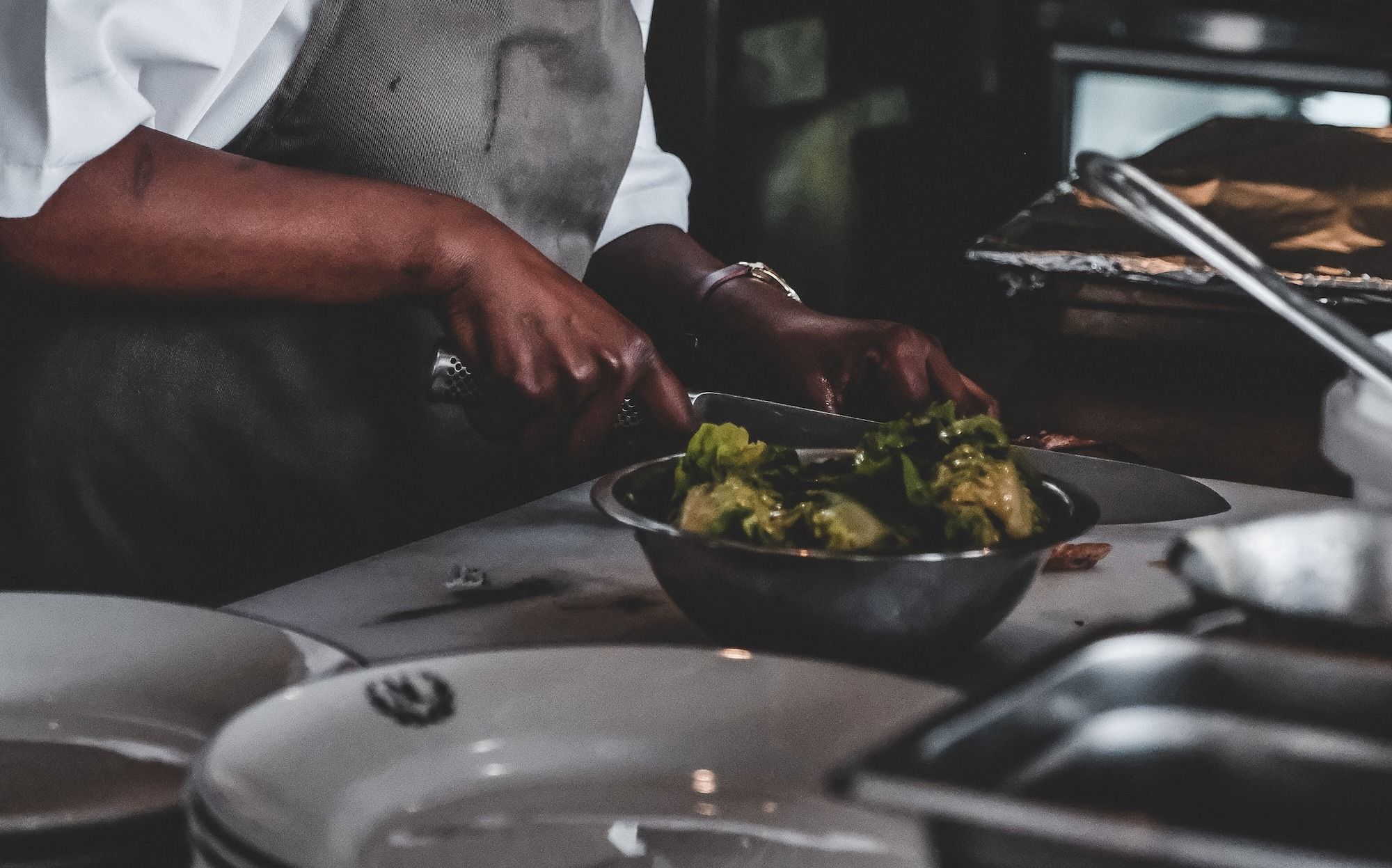
After the food order appears on the touch screen, kitchen display systems automatically route food orders to the next appropriate kitchen stations without any hesitation or delay. Instead of physically moving an entire order to a different prep station, which is just as time-consuming as it sounds, orders are routed directly to the appropriate kitchen display screens to save your kitchen staff time and energy.
All you need to do is place your kitchen display screen near the grill, fryer, salad station, or any other cooking stations to make sure communication gets through to your staff as accurately as possible. You wouldn't want someone to overlook allergy information because it wasn't legible on the printed ticket.
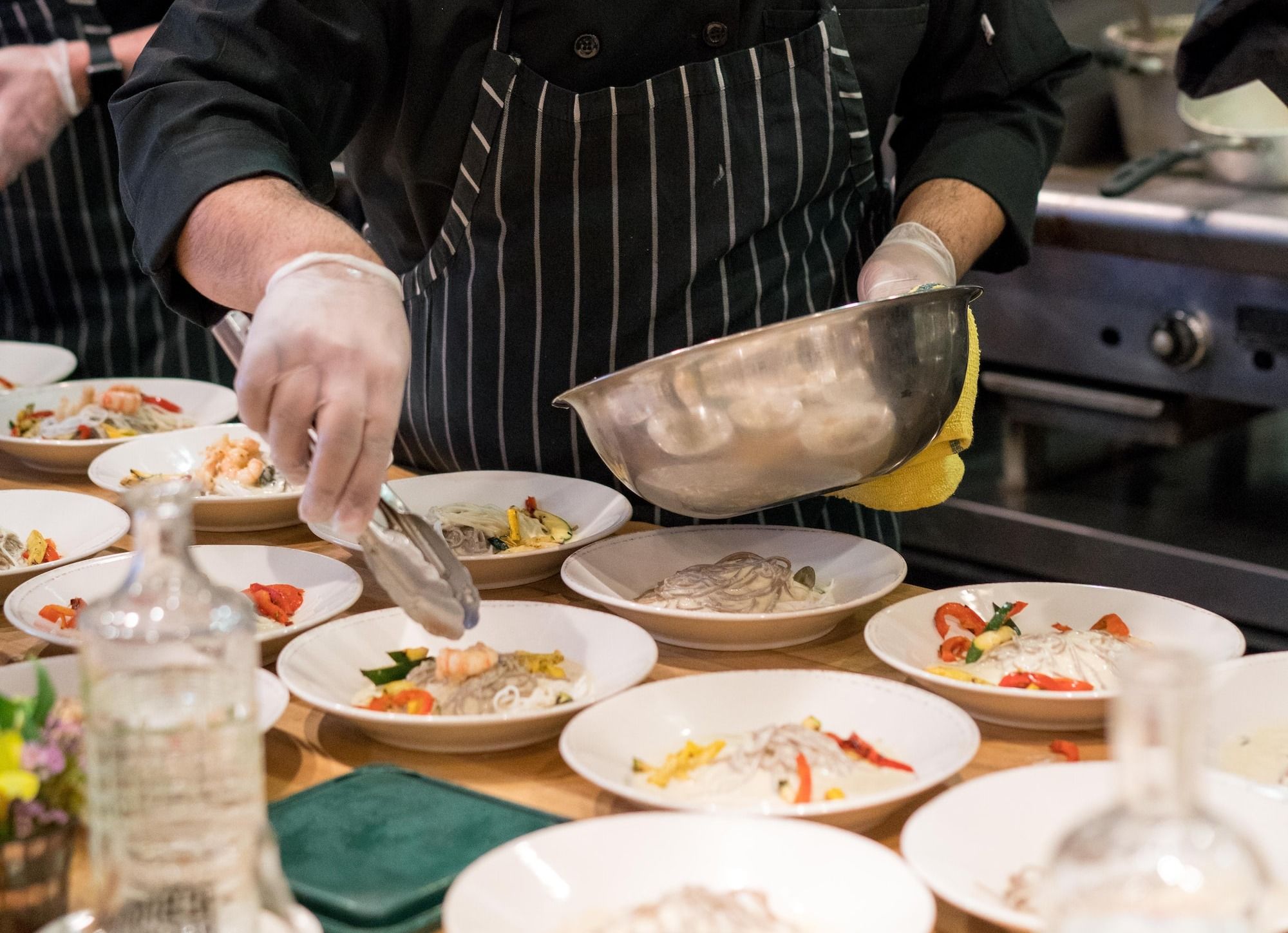
Even smaller restaurants that would otherwise use a single kitchen display system can still see a powerful boost in their kitchen productivity. With a kitchen display system, a single restaurant can manage all sorts of orders piling in from different types of guests. Online orders, for example, can appear first so your kitchen staff can focus on delivery orders while also maintaining quality table service for seated customers sipping on their margaritas.
3. Direct integration to a restaurant point-of-sale system
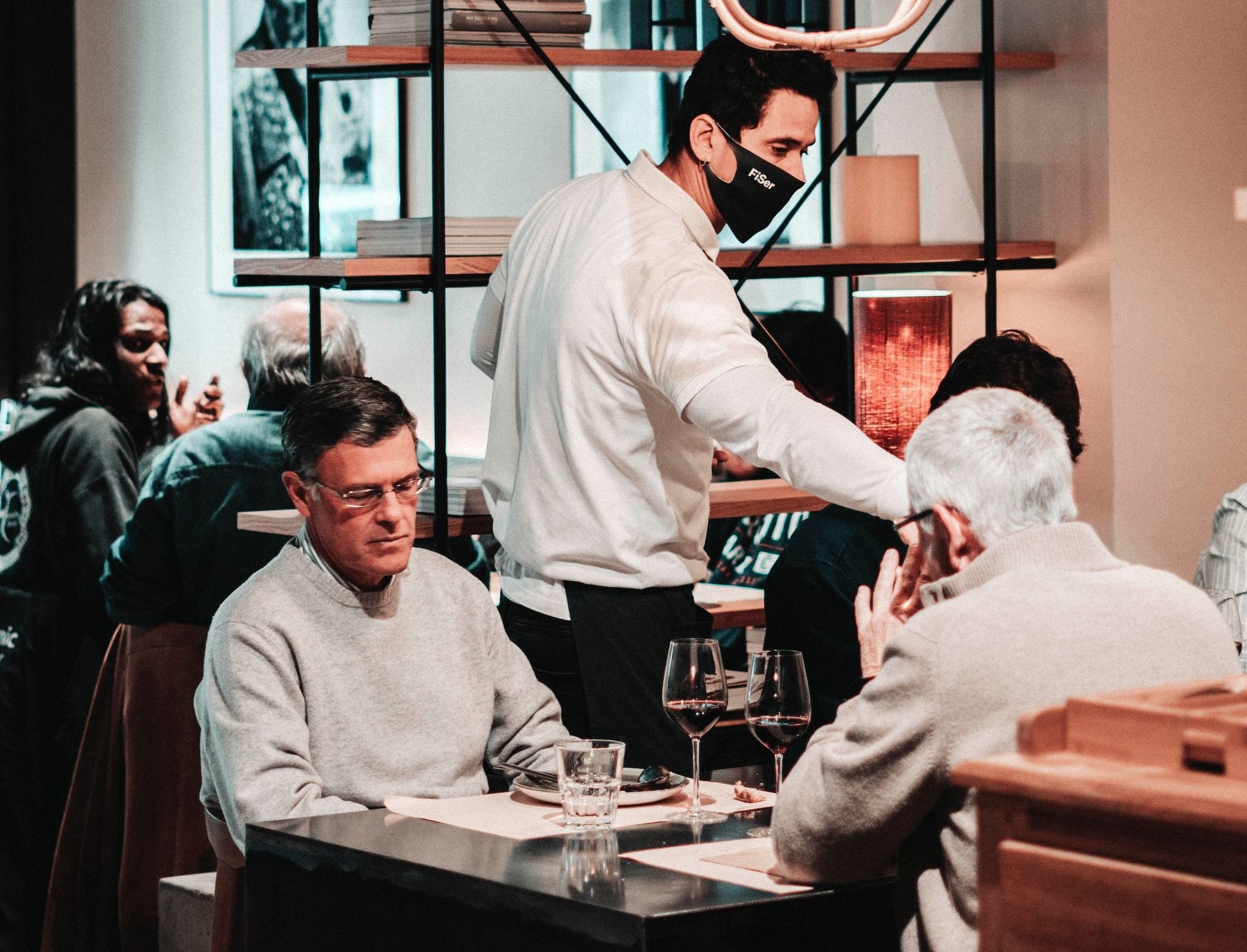
It's easy to assume a kitchen display system is a glorified way to showcase orders to your restaurant staff. However, there's a hidden feature to kitchen displays that's often overlooked by most restaurant managers. The ability to sync meal orders with a restaurant point-of-sale may be one of the more important features of a kitchen display system.
When restaurant managers connect their KDS and sales data with their point-of-sale, they gain much more control over every aspect of business operations. Since a POS tracks and syncs every food order in one central hub for easy access, restaurants can get a quick analysis of their menu items at a moment's notice. You can see which menu items are costing more than they're earning or even use your POS system reporting feature to automate profit and loss statements on the fly.

Let's go over the math again. Say your kitchen uses printed tickets to complete meal orders. After servers send the physical ticket over to the kitchen, your cooks physically move it down the line as they complete orders as best as they can. You already know all the potential pitfalls with physical tickets. Kitchen printers quickly get jammed or simply run out of paper. Some printed tickets can even get mistaken as paper waste and trashed, leading to lost orders and frustrated customers.
Meanwhile, by eliminating physical tickets through kitchen display systems, every meal order stays in one virtual hub until it's cleared by the appropriate staff. That means you won't feel like you're running a restaurant on just a lean kitchen staff and fresh pot of coffee brewed every hour. You'll have meals appear in front of the right kitchen staff, then cooked without any confusion or delay.
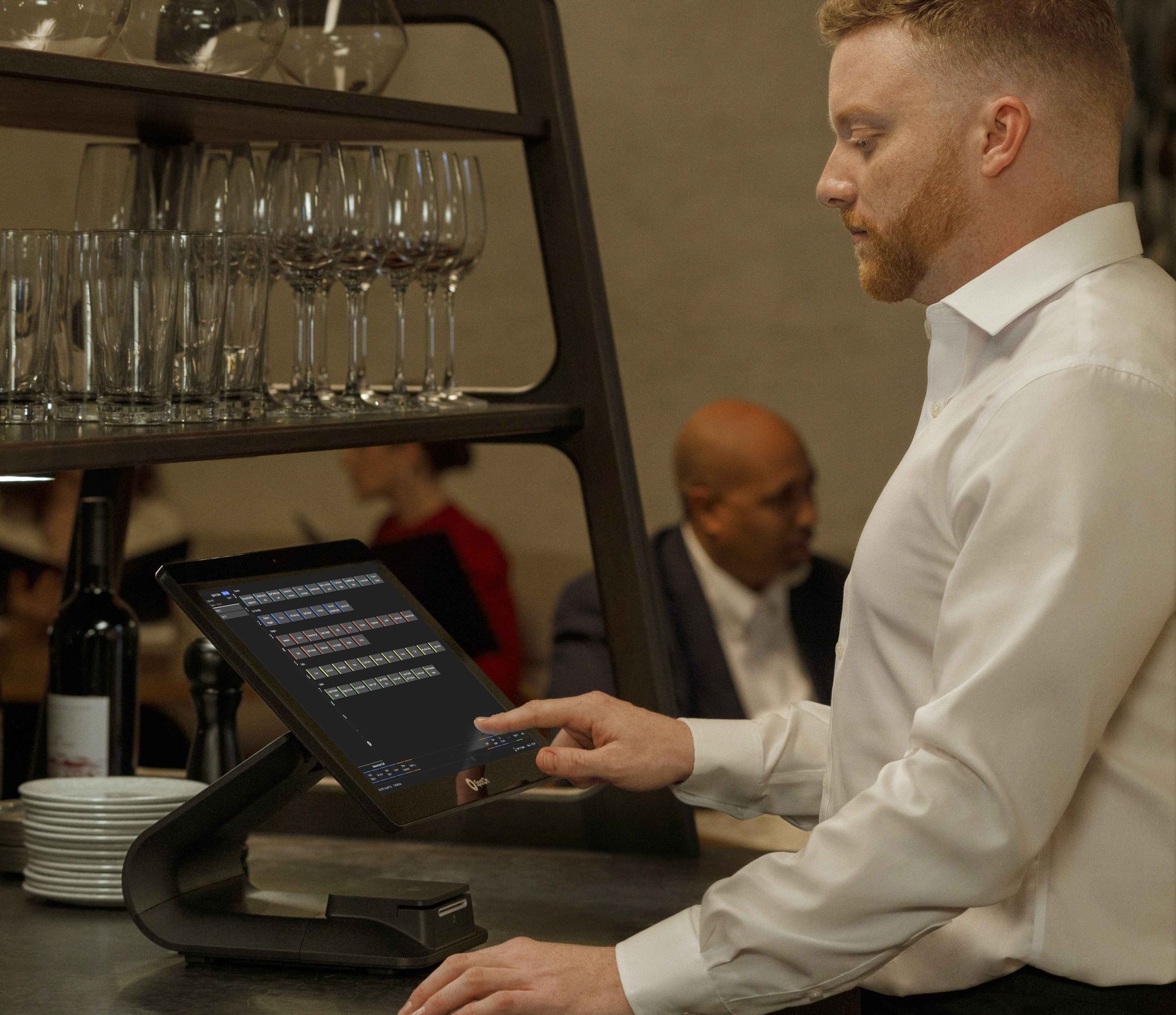
Let's see how we can help
Meet one-on-one with one of SpotOn's tech experts. No high-pressure sales tactics. Just a casual conversation to find out if we make sense for your restaurant.


